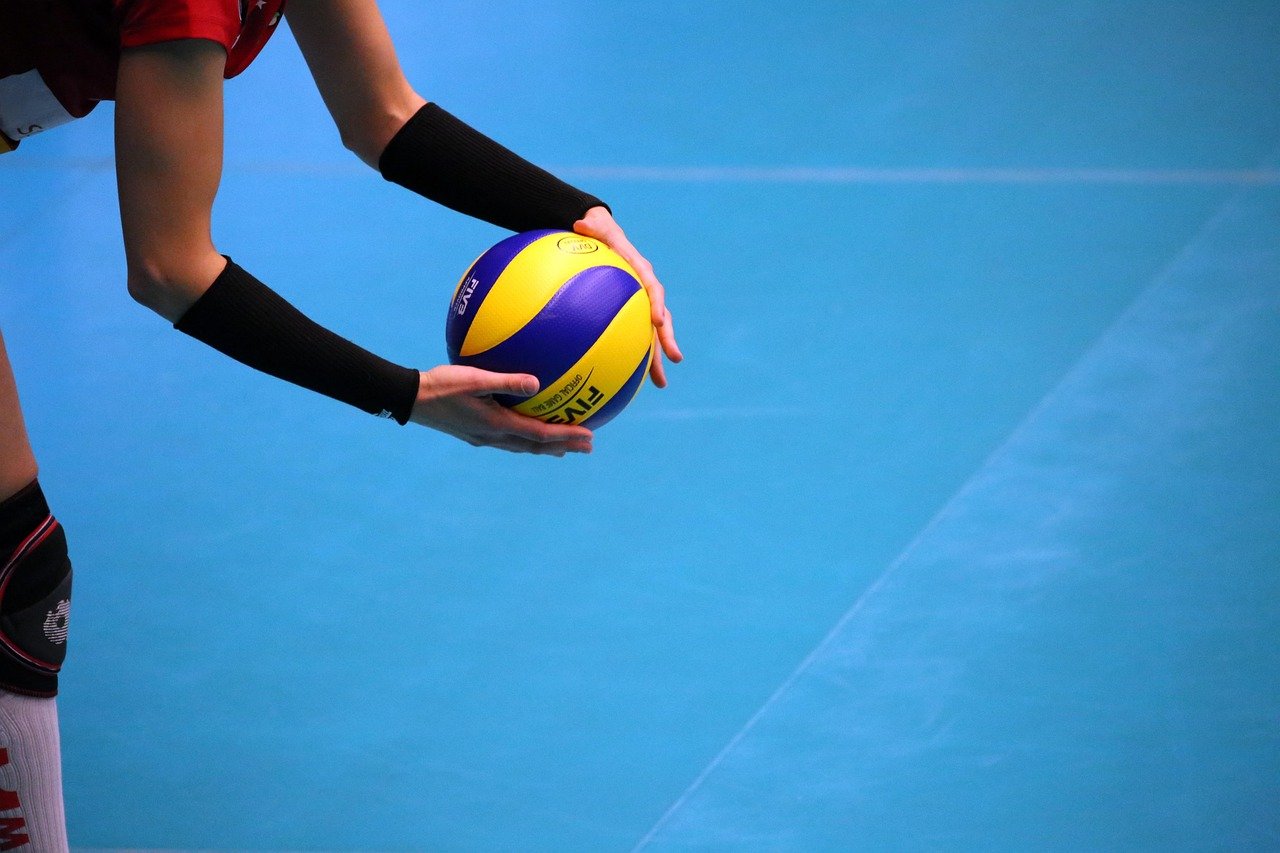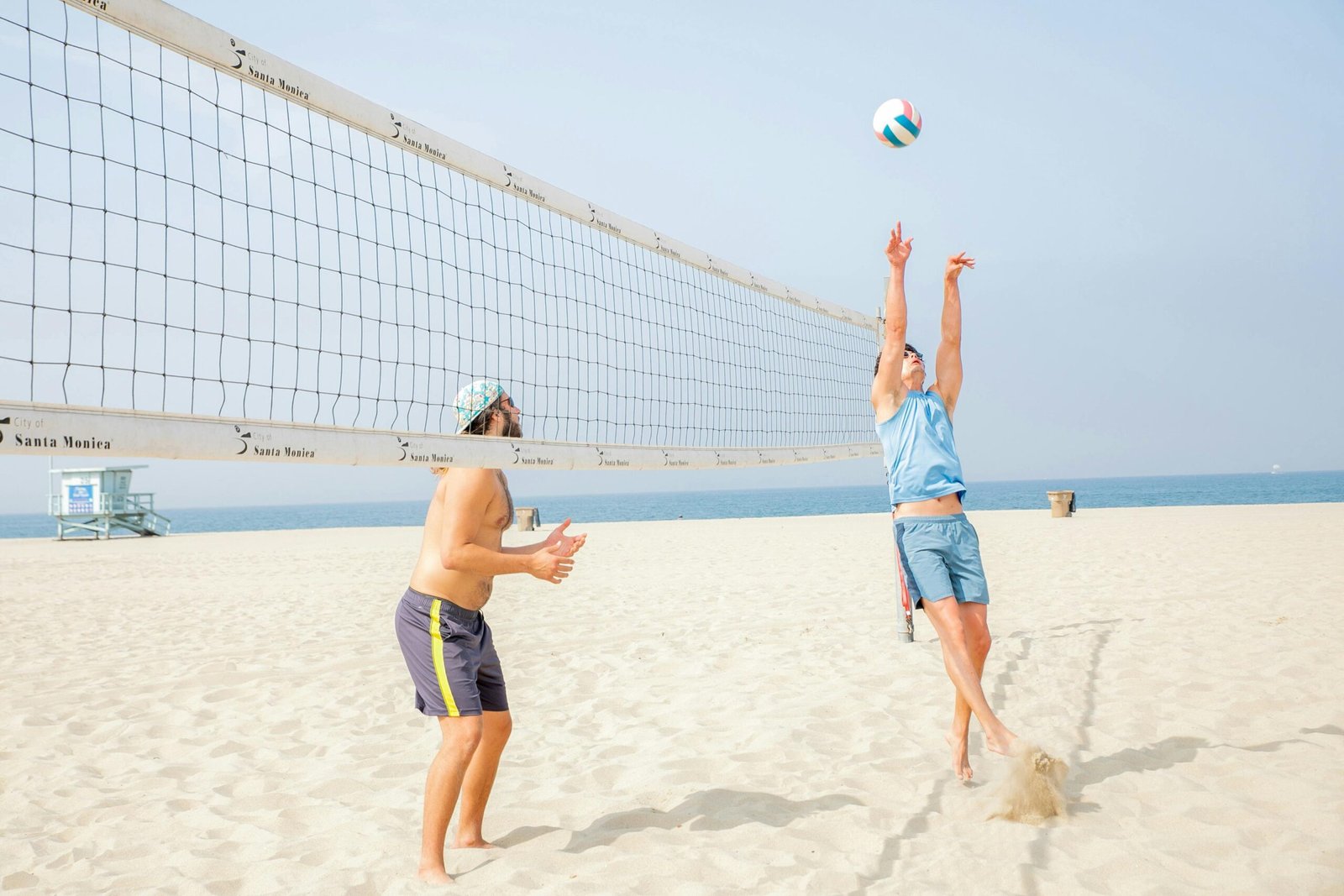The volleyball dig is one of the most important defensive skills in the game. It’s the move that can turn a seemingly lost point into a momentum shift for your team. A well-executed dig not only prevents the ball from hitting the court but also sets up your team for a counterattack. Whether you are a libero, defensive specialist, or any player who finds themselves in the back row, mastering the dig will significantly improve your overall performance. In this guide, we’ll cover everything you need to know about how to perform the perfect dig — from body positioning and footwork to reading the opponent’s attack and practising drills that build consistency.
Understanding the Volleyball Dig
A dig in volleyball is a defensive technique used to prevent the ball from hitting the floor after an opponent’s attack, usually a spike. It requires quick reflexes, proper technique, and a strong mindset. The primary goal of a dig is to control the ball and direct it towards the setter, allowing your team to transition from defence to offence. While anyone on the court may need to dig the ball, back-row players, especially liberos, tend to perform this skill most often.
There are two main types of digs:
- Forearm Dig (Platform Dig) – The most common form, where the player uses their forearms to contact the ball, creating a flat platform to control its trajectory.
- Overhand Dig – Used for very high-speed or awkward shots where the player uses an open hand motion similar to setting, but with firm wrists to keep the ball legal and controlled.
The Fundamentals of a Good Dig
Stance and Ready Position
The foundation of a strong dig starts with the correct ready position. A good defensive stance prepares you to react quickly in any direction. Keep your feet slightly wider than shoulder-width apart with your knees bent and weight forward on the balls of your feet. Your arms should be in front of your body, relaxed but ready to move into position. Lean slightly forward with your chest, keeping your back straight. Avoid standing too upright as it reduces reaction time.
Reading the Attack
Anticipation is just as important as technique when digging. Before the opponent even makes contact with the ball, you should be reading cues from their approach, arm swing, and body positioning. Pay attention to the hitter’s angle, the height of the set, and the setter’s tendencies. Watch their shoulders and arm speed to predict whether they’ll go for a powerful spike, a tip, or a roll shot.
Moving to the Ball
Footwork is critical when digging. Small, quick adjustment steps will help you get into position faster than large strides. Avoid crossing your feet when moving side to side as this slows you down. Instead, shuffle quickly, staying low and balanced. Your goal is to get behind the ball so you can face it directly with your platform.
Executing the Perfect Dig
Once you’re in position, it’s time to execute the dig. If you’re using the forearm platform, bring your hands together with your thumbs parallel and pointing forward, locking your elbows straight. This creates a stable surface for the ball to rebound off. Keep your platform angled slightly upward to lift the ball towards your setter. Absorb the ball’s momentum by bending your knees and shifting your weight upward slightly upon contact, rather than swinging your arms.
For the overhand dig, use soft hands but firm wrists to control the ball without allowing it to spin excessively. Make sure your fingers are spread wide, and absorb the impact with your arms while maintaining control. This technique is especially useful when defending against a ball travelling directly at your upper body or face.
Common Digging Mistakes and How to Fix Them
Even experienced players can develop bad digging habits. Here are a few common errors and how to correct them:
- Standing too upright – Always stay low in your stance to react faster.
- Swinging arms upward – This reduces control. Instead, let your legs provide the lift.
- Incorrect platform angle – Keep your forearms steady and angled to guide the ball to your setter.
- Not reading the hitter – Anticipate the shot to gain valuable reaction time.
Drills to Improve Your Digging Skills
To master the volleyball dig, consistent practice is key. Here are some drills to help:
- Partner Pepper Drill – Work with a teammate to alternate between passing and digging. Have one partner hit controlled spikes while the other focuses on proper digging form.
- Coach Toss and Hit – Have a coach or teammate alternate between tossing easy balls and hitting harder ones. This helps train quick adjustment to varied speeds and angles.
- Reaction Cone Drill – Place cones in different spots on the court. Have a partner hit or toss balls to random locations, and sprint to dig them before they bounce.
- Wall Dig Drill – Stand a few feet from a wall and repeatedly dig balls against it, focusing on platform control and quick recovery.
Strength and Conditioning for Better Digs
A strong defensive player needs agility, quick reflexes, and lower-body strength. Incorporate exercises like lateral shuffles, jump squats, and agility ladder work into your training. Core exercises such as planks and Russian twists will help you maintain balance and stability when reacting to powerful hits. Additionally, reaction training with a medicine ball or reaction lights can improve your reflexes.
Mental Toughness in Digging
Digging isn’t just a physical skill — it’s a mental battle too. The speed and unpredictability of an opponent’s attack can be intimidating, but confidence plays a huge role in successful digs. Stay focused on the ball, trust your training, and avoid dwelling on mistakes. The best defensive players have short memories and are ready for the next play instantly.
Incorporating the Dig into Team Defence
A dig is only effective if it sets up the next play. Always aim to control the ball and direct it towards the setter’s position, ideally at a height and distance they can handle. Communication is vital — call for balls loudly and clearly to avoid confusion with teammates. The dig should be part of a coordinated defensive system where blockers funnel attacks towards specific areas for easier digs.
Advanced Digging Techniques
Once you have mastered the basics, you can expand your defensive arsenal with advanced techniques such as the pancake (sliding your hand flat under the ball for last-second saves) and the rolling dig (absorbing the ball then rolling to recover quickly). These moves require timing, flexibility, and plenty of practice, but they can be game-changers in high-pressure rallies.
Final Thoughts
Mastering the volleyball dig is about combining proper technique, sharp anticipation, and relentless practice. By focusing on your stance, reading the hitter, moving efficiently, and maintaining a calm but ready mindset, you can turn defence into offence and become a key player in your team’s success. Keep working on drills, build your physical conditioning, and remember that great defenders are made through consistent effort and the willingness to chase every ball.



